Kalender
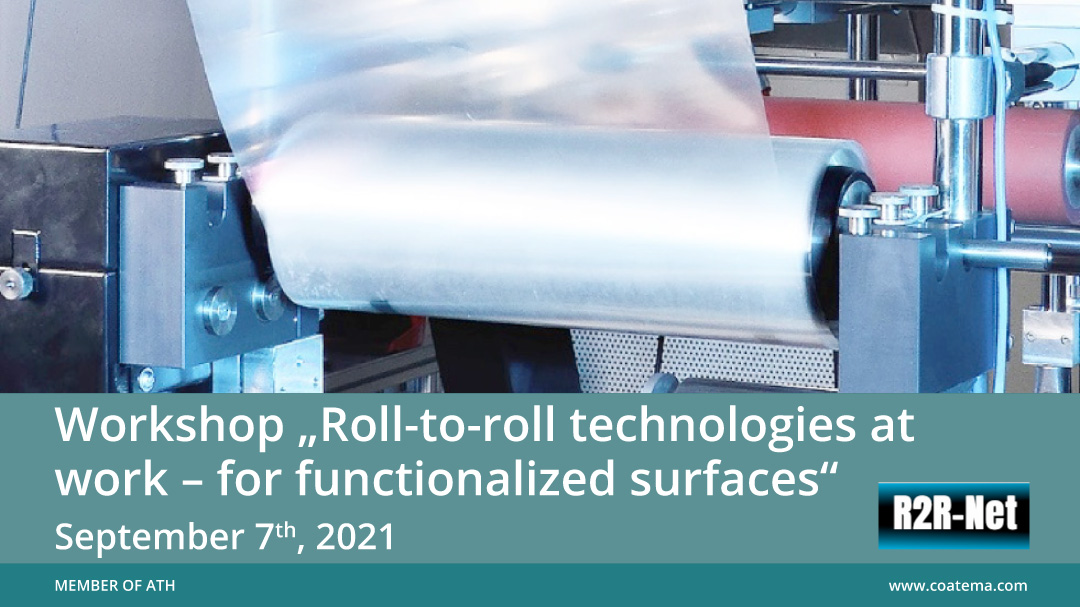
R2R-Net in cooperation with Coatema is pleased to invite you to the workshop „Roll-to-Roll technologies at work – for functionalized surfaces“.
First Workshop of the European Network for Roll-to-Roll-Surface Technologies, R2R-Net, on September 7th, 2021 in Dormagen.

For a climate-neutral economy, every opportunity must be exploited to reduce energy requirements and use resources efficiently. Highly efficient industrial processes are a key element in this. To this end, in the R2R-Net network, 18 European partners from industry and research are further developing reel-to-reel systems and processes that are used in production in a variety of ways. Companies benefit from the expertise, the support during scale-up and ramping up of the production, and the technical exchange.
On September 7th, 2021,
the partners will present current developments, success stories and novel production equipment in a workshop. The network is open to additional partners.
Efficient roll-to-roll production technologies for more climate neutrality
At the workshop „Roll-to-Roll technologies at work – for functionalized surfaces“ on September 7th, 2021, the partners will provide a comprehensive overview of the state of the art and latest developments in R2R processes. Company representatives will provide insights into successful implementations of the technology in their production. Other program items include equipment demonstrations and a panel discussion. The event will be held at Coatema GmbH in Dormagen, Germany, likely as a hybrid event.
Registration for the workshop is available on the network's website:
www.r2r-net.eu
R2R-Net Workshop
Program
Program
Tuesday, September 7th, 2021
|
10:00 am – 10:05 am |
|
Welcome |
|
10:05 am – 10:15 am |
|
Who we are and what we want |
|
10:15 am – 10:35 am |
|
Plasma Technology in R2R Processing: From Basic Principles to Applications |
|
10:35 am – 10:55 am |
|
Industrial R2R-Net plasma solutions |
| 10:55 am – 11:10 am |
Vacuum Web Coating – Opportunities and Challenges |
|
| 11:10 am – 11:25 am |
Future opportunities in wet coating |
|
| 11:25 am – 11:40 am |
Slot die coating for low viscous materials |
|
| 11:40 am – 11:55 am |
R2R-UV-NlL for Large Area Manufacturing of Biomimetic Functional Surfaces and Freeform Microoptics |
|
| 11:55 am – 12:05 pm |
Flame Treatment Technology – a review |
|
| 12:05 pm – 12:15 pm |
Cost efficient flame coating for R2R applications – Pyrosil® |
|
| 12:15 pm – 12:25 pm |
New prospect of flame treatment |
|
| 12:25 pm – 13:10 pm |
Break |
|
| 13:10 pm – 13:40 pm |
Demos |
|
| 13:40 pm – 13:55 pm |
Success stories |
|
| 13:55 pm – 14:10 pm |
Environmental friendly alternatives to traditional wet surface treatment for textile |
|
| 14:10 pm – 14:25 pm |
DCSBD technology as a part of manu-facturing line for flexible perovskite solar cells? |
|
| 14:25 pm – 14:40 pm |
Virucidal Coating Technology for Face-masks and Air Filters |
|
| 14:40 pm – 14:55 pm |
Silicalloy® green passivation success story: From lab concept and CASTL pilot trials to industrial production |
|
| 14:55 pm – 15:40 pm |
Panel discussion |
Speaker
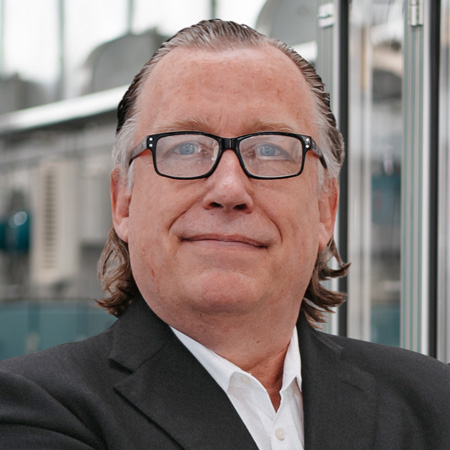 |
Thomas Kolbusch, Vice President, Coatema Coating Machinery GmbH Thomas Kolbusch is Vice President of Coatema Coating Machinery GmbH, an equipment manufacturing company for coating, printing and laminating solutions located in Dormagen, Germany. He is member of the board of the OE-A (Organic Electronic Association) in Germany, a global association for printed electronics. He serves in the advisory board of Fraunhofer ITA institute. He served as member of the board of COPT.NRW, a local association in Germany, as well as exhibition chair of the LOPEC in Munich for five years. Thomas is active in the field of fuel cells, batteries, printed electronics, photovoltaics and medical applications. He organizes the international Coatema Coating Symposium for over 19 years and represents Coatema in a number of public funded German and European projects.
|
|
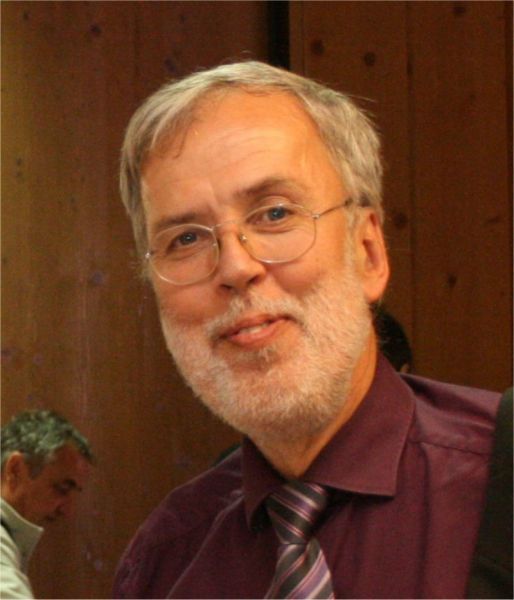 |
Hon.-Prof. Dr. Christian Oehr
1975 – 1982 Study of Chemistry in Clausthal-Zellerfeld and Tübingen 1983 -1987 PhD thesis “Plasma-induzierte Abscheidung dünner Schichten aus einigen metallorganischen Verbindungen” in the group of Prof. Dr. H. Suhr; University Tübingen 1987-1989 Research assistant at the University of Tübingen, various projects with industry partners, organization of an organic-chemical tutorial Since 1989 Change to Fraunhofer Institute for Interfacial Engineering and Biotechnology, IGB; buildup of a Plasma-group at IGB 1992-2019 Head of department Interfacial Engineering and Material Science, Fraunhofer Institute for Interfacial Engineering and Biotechnology, IGB 2015 Deputy Director of Fraunhofer IGB 2016 – 2018 Acting Director of Fraunhofer IGB Since 2020 retired and senior scientist at Fraunhofer IGB |
|
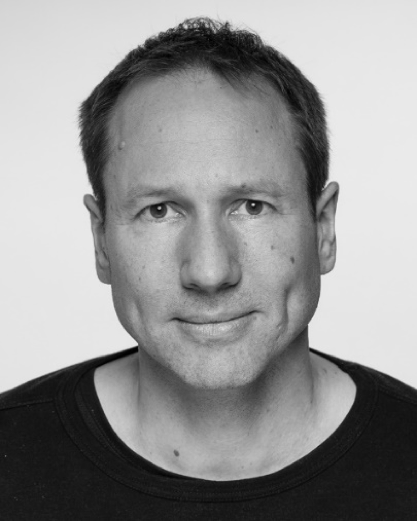 |
Dr. Dirk Hegemann, Group Leader Plasma & Coating, Empa Dr. Dirk Hegemann holds a PhD in materials science. He worked with Fraunhofer IGB, before moving to Empa, Switzerland, in 2003. Currently, he is leading the group Plasma & Coating at the Advanced Fibers lab in St.Gallen. His work focuses on the plasma treatment of polymers by plasma etching, plasma polymerization, and sputtering. Process development and reactor design enable the transfer to industry including R2R processing.He is appointed to the board of directors of the Swiss Physical Society (SPS) as well as the International Plasma Chemistry Society (IPCS) and acts as Editor-in-chief for the journal Plasma Processes and Polymers.
|
|
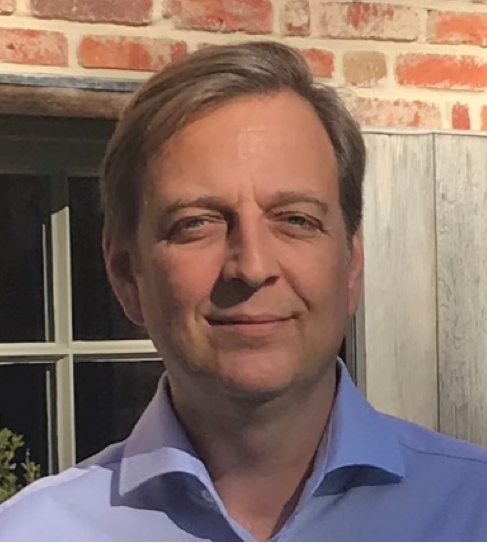 |
Filip Legein, Director Next Generation Technology Filip Legein holds a MSc in Materials Engineering and MBA of the KU Leuven in Belgium. He managed Europlasma as CEO from 2008 to 2018, during which period he transformed Europlasma from high tech machine builder to licensing company of nanocoating solutions for end markets such as filtration, technical textiles, medical and electronic devices. After the company was acquired by Andlinger & Company in August 2018, Filip joined the board of Europlasma as an executive director responsible for the development of next generation technology and IP. |
|
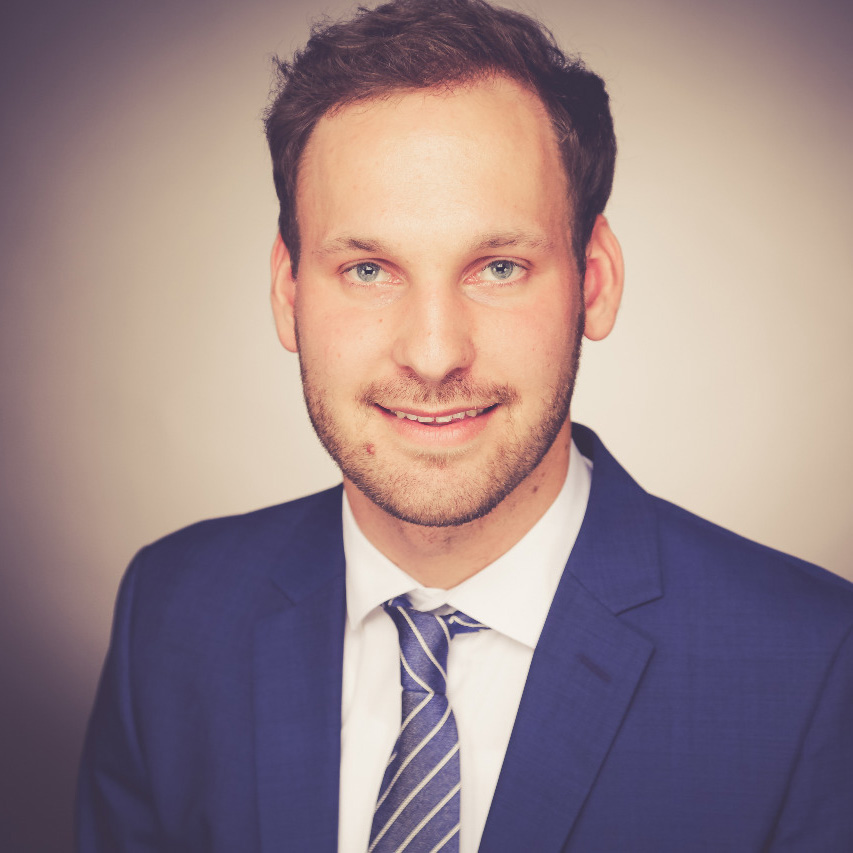 |
Sebastian Dormann, IPT Fraunhofer Sebastian Dormann is a scientific employee at Fraunhofer Institute for production technology (IPT). In his research group he is responsible for continuous production process e.g. continuous Pick-and-place of SMD components for hybrid electronics. |
|
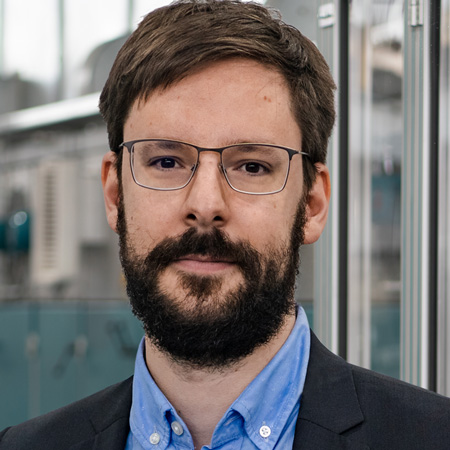 |
Thomas Exlager, R&D Manager Thomas Exlager studied Nano-Engineering at the University of Duisburg-Essen with his Bachelor in 2014 and Master in 2017. |
|
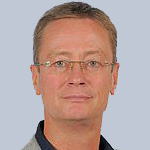 |
Dr. Dieter Nees, Senior Scientist Dieter Nees read chemistry at the University of Siegen in Germany and gained a PhD in Physical Chemistry in 1996 with research on photochemistry in colloidal systems. Then he spent two years as post-doctoral fellow in the Surfactant Science Group at the University of Hull in Yorkshire where he developed an interferometric method for measuring the contact angles of oil lenses floating on water surfaces. After this he joined the Central Laser Facility of the Rutherford Appleton Laboratories in Oxfordshire where he built up an optical tweezers device for direct measurement of the interaction between individual colloid particles. From 2000 on he worked for ten years as senior engineer in the semiconductor industry at Infineon/Qimonda in Dresden developing photo-lithography processes from the quarter micron to the 45 nm DRAM technology knot. In 2010 he joined JR MATERIALS, where he is developing roll-to-roll-nanoimprint lithography materials and processes for large area high resolution structuring of surfaces particularly for micro-electronic, -optic, -fluidic as well as biomimetic applications. |
|
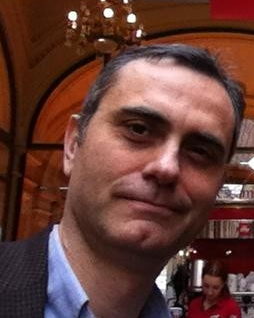 |
Ing. Stefano Mancinelli, esseCI srl Sales&Process Manager In my over 20 years employment in esseCI srl company, I have acquired a deep experience in the field of flame treatment as Process Engineer before, then as Process Manager, involved in plants commissioning and post sale customer service all over the world. Currently, since 2011, I am Sales Manager, Process Manager and pilot plant unit Responsible. Actually, and since 2007, I am member of the company board of directors. |
|
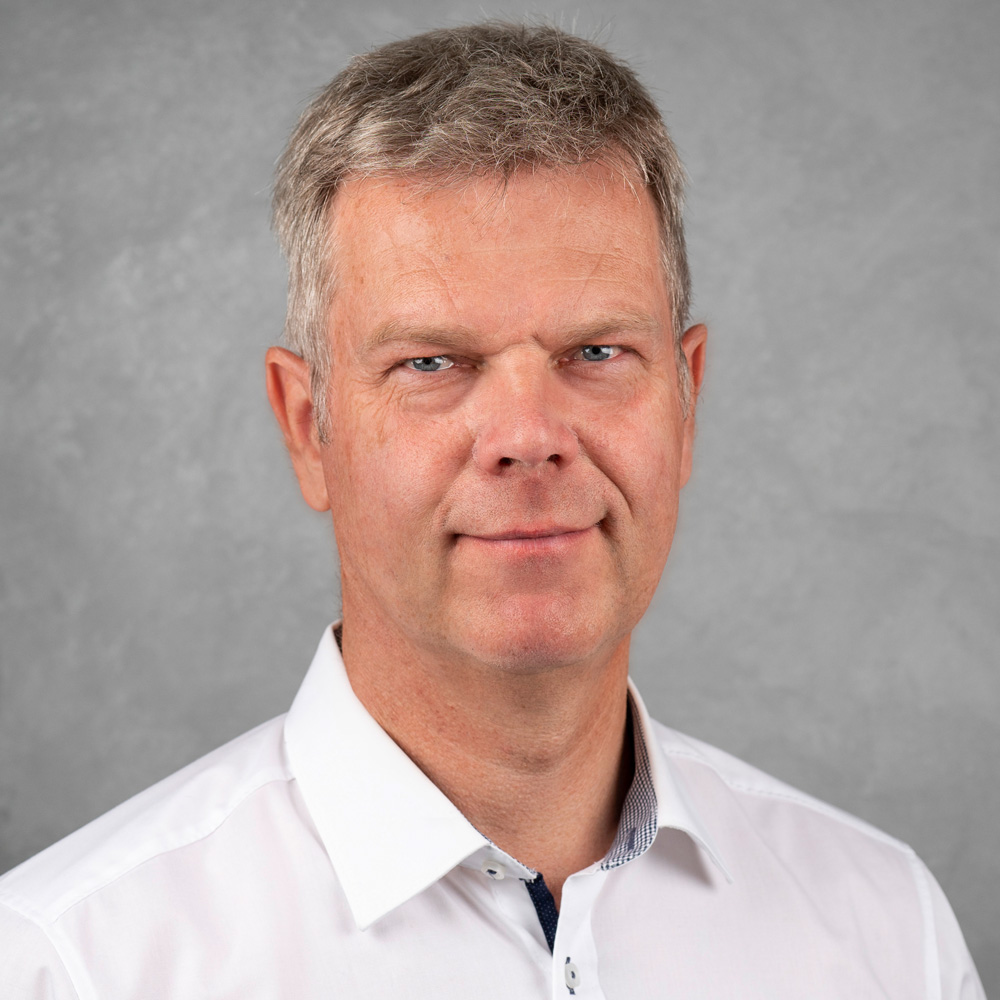 |
Dr. Arnd Schimanski, Managing Director, SURA Instruments GmbH Study and PhD thesis University of Dortmund 10/93 – 07/97 Doctoral Thesis in the Department of Chemistry of the University of Dortmund, Group of Prof. Dr. B. Lippert Positions+Further activities: INNOVENT 01/98 – 04/00 Project manager
|
|
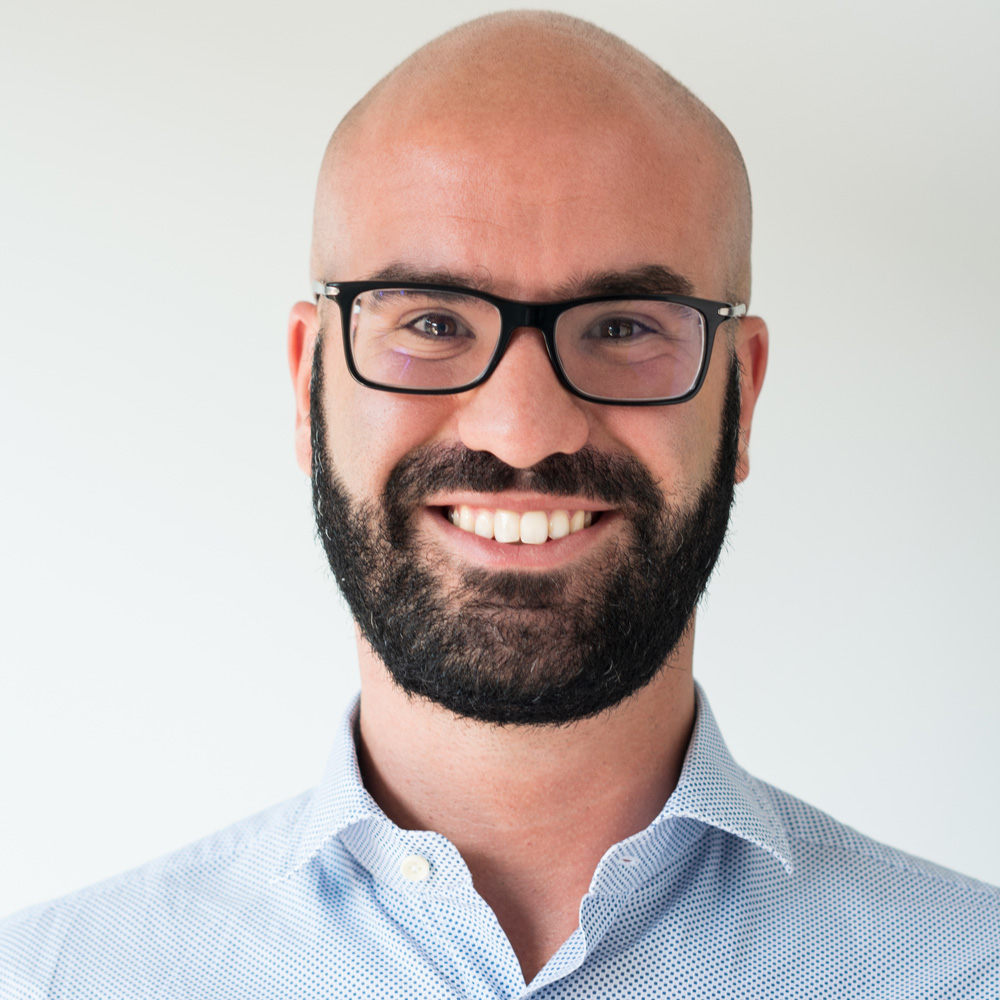 |
Roberto Momentè, R&D Engineer, SAATI SpA Roberto got a master degree in Materials Engineering and Nanotechnology at Polytechnic University of Milan. He is currently an R&D Engineer at SAATI, a company leader in the production of synthetic fabrics mainly for filtration applications. Specialized in textile coating and weaving process, he is now taking care of development of sustainable mesh, considering both the product and process. He loves scouting for green chemistry to be adopted in new coating or yarn manufacturing. If you want, you can get in touch with him on LinkedIn.
|
|
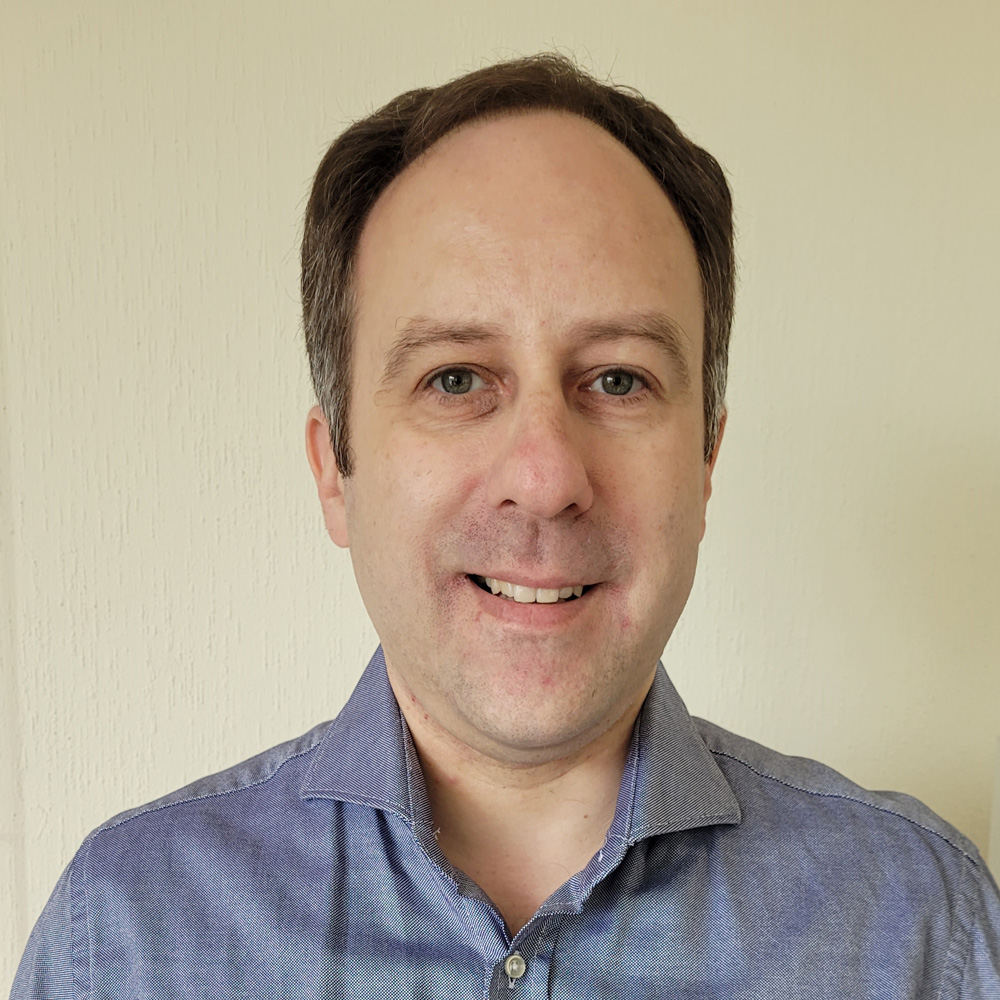 |
Abstract
| Hon.-Prof. Dr. Christian Oehr |
Who we are and what we want The European consortium R2R-Net, contemporary consisting out of 18 partners, companies as well as research institutes, offer a variety of products and services along the production line of surface functionalized web-type materials. Equipment supplier as well as job coaters are involved. Applied research institutes offer their services for the development of new products and for characterization of treated products regarding their chemical composition and other application relevant surface properties throughout production and in application. The intended purpose of the network is to exchange information for a better understanding of the processes used until now and to optimize such processes or to develop new products. Therefore, a bunch of pilot lines is available to develop and test new production processes and to optimize established ones. A comparison of the different techniques applied will help to optimize these and to discover still hidden capabilities for synergies. This first workshop intends to promote interaction and further exchange not only within the network, but also with interested parties attending the workshop. It is a starting point to increase the awareness about the opportunities provided by the network besides the presentation on our website. Thus, the visibility of the network will be enhanced and its capability to act as partner for common projects will be discussed as well. |
|
|
Dr. Dirk Hegemann |
Plasma Technology in R2R Processing: From Basic Principles to Applications Plasma technology allows the unique treatment of material surfaces thanks to the non-equilibrium conditions in a low-temperature plasma. Energies sufficient to break chemical bonds are available in the gas phase and during plasma-surface interaction enabling controlled ablation and deposition processes to tailor material's surface properties. At the same time, bulk properties are maintained and the overall temperature remains low, thus allowing the treatment of any materials including sensitive materials such as soft matter. Equipment for the treatment of web (films, membranes, fabrics, nonwoven etc.) or fiber (yarns, braidings, wires etc.) material in roll-to-roll processing is established, combining different plasma treatment steps in one run. Several examples for the successful use of plasma technology in R2R processing as developed by the institutes participating in the R2R-Net are presented. These examples include water repellence, anti-fogging, anti-icing, anti-bacterial, adhesion promotion, filtration, and dyeability of textiles, to name a few.
|
|
|
Filip Leglein |
Low pressure plasma coatings to boost performance of electret filter media Plasma is a unique technology to deposit ultra-thin coatings on all exposed surfaces of a material or product. It is increasingly used in manufacturing of filtration media and elements to achieve functionalities such as hydrophilic, hydrophobic or oleophobic. Improvements in process and roll-to-roll machine design allow to deposit the coatings in a very cost effective way, with a process that is completely dry and clean. The technology is giving an increasing number of producers of technical nonwovens, membranes, mesh or nanofibers a clear competitive edge. The presentation will introduce a new generation of plasma coatings specifically designed to boost performance of electret filter media.
|
|
| Matthias Fahland | Vacuum Web Coating – Opportunities and Challenges | |
| Sebastian Dormann |
Future opportunities in wet coating Wet coating is used in various fields and applications to ensure a cost effective and scalable production process. To be ready for new product opportunities, the research is continuously striving for new and innovative solutions. In this presentation, a state of the art overview and future developments of wet coating technologies will be shown.
|
|
| Thomas Exlager |
Slot die coating for low viscous materials Thin liquid film coating is a highly challenging topic. To master the preparation of an even, smooth surface with a wet thickness of several micrometers one must consider process and material parameters like web-speed, surface tension of the liquid, rheology, manufacturing accuracies etc. But also, the topic of the talk: Viscosity and therefore slot die design. Low viscous liquids are usually characterized by a high relaxation speed and therefore can be coated very fast and very thin. However low viscosity leads to little flow resistance and challenges slot die design and manufacturing tolerances while at the same time the high relaxation speed, when coupled with a low wettability onto the substrate can lead to dewetting defects in the coating. All these topics and challenges will be covered in the talk.
|
|
|
Dieter Nees |
|
R2R-UV-NlL for Large Area Manufacturing of Biomimetic Functional Surfaces and Freeform Micro-Optics D. Nees, J. Götz, S. Ruttloff, U. Palfinger and B. Stadlober
Roll-to-roll UV nanoimprint lithography (R2R-UV-NIL) gains increasing industrial interest for large area nano- and micro-structuring of flexible substrates because it combines nanometer resolution with many square meter per minute productivity. Beside classical micro-electronic applications UV-NIL finds growing attention in the field of micro-optics and biomimetic micro- and nano-structured functional surfaces e.g. for viscous drag reduction (shark skin effect), water and dirt repellence (lotus effect) or anti-reflection (moth-eye effect) coatings. We have set up of a customized Coatema R2R-UV-NIL pilot machine which is able to convert 10 inch wide polymer web with velocities up to 50 m/min and we have developed a wide portefolio of UV-curing resins which are applicable for imprint as well as for polymer working stamp material. These resins – branded NILcure – are designed to meet the requirements of R2R-UV-NIL processes being e.g. strong adhesion to polymer substrates, easy and clean demolding from various stamp materials as well as fast UV-curing speed and high imprint fidelity. The elasticity, surface chemistry and optical properties like refractive index and optical dispersion of the NILcure resins can be tuned for specific application by choice and ratio of mainly urethane acrylate oligomers and acrylate or thiol monomers. We e.g. achieve Young’s moduli between 5 MPa and 5 GPa, surface energies between 12 mN/m and 70 mN/m2 and refractive indices nD25 between 1.4 and 1.8. Furthermore, we have developed strategies for achieving excellent abrasion and heat resistance as well as utmost weathering stability of nanoimprinted biomimetic surfaces and optical components in harsh outdoor applications.
|
| Stefano Mancinelli |
Extended abstract of paper „Flame Treatment Technology and its applications“ This paper, as the title underlines, will be focused on flame treatment technology applications, mainly on BOPP substrates. After an introduction regarding flame chemistry and BOPP surface activation mechanisms, this presentation will be focused on unique flame treatment oxidation performances, in comparison with other actually used treatment methods in the market. Presentation focus will then be moved to the characteristics and advantages of using flame treatment for film surface treatment.
Then flame treatment typical and new applications will be presented, underlining benefits coming from flame usage for pretreating different types of skins.
|
|
|
Dr. Arnd Schimanski |
|
Cost efficient flame coating for R2R applications – Pyrosil® The presentation shows the potential of the flame coating process called Pyrosil. Beside the technological basics some examples for the use of this technology are given. Even the ability of integration in existing production lines is a strong benefit of this technology in roll to roll production processes.
|
| Andreas Holländer | ||
| Thomas Dietrich | ||
| Roberto Momentè |
Environmental friendly alternatives to traditional wet surface treatment for textile Most of the filtration applications required functional behavior to achieve better performances or to increase the shelf life of the product. In most cases, a coating is a simple and convenient way to confer certain properties to the surface of the mesh thanks to different types of physical and chemical treatments. Examples of such properties are water or oil repellency, hydrophilicity, flame retardancy and so on. Traditional finishing processes in the textile area involved a wet deposition of a precursor, employing a huge amount of water, chemicals and other materials. Therefore, the entire manufacturing process is not environmentally friendly, since there is a lot of waste, for instance of water, combined with the possible handling of hazardous chemical substances. This presentation deals with an alternative way to overcome this issue is to implement a PECVD machine in the supply chain as a way to confer outstanding properties to textile and other material in rolls. This technology helps in reducing the consumption of water being it a dry process and in lowering the usage of chemical substances as precursors. Furthermore, this process is useful in case of treatment of delicate materials like membrane or composite/hybrid mesh since mechanical stresses are lower or absent during the treatment.
|
|
| Tomas Homola | ||
| Timothée De Greift | ||
| Sébastian Le Craz | „Silicalloy® green passivation success story : From lab concept and CASTL pilot trials to industrial production“ The replacement of chromium based surface treatments by safe and environmentally friendly treatments with the same level of performance and versatility is a huge challenge for the metal industry. For example, in the steel industry, the substitution of chromatation used to protect zinc coated steel from corrosion during storage and transport operations remains an intricate question for galvanizers. Indeed former chromium-based treatments were proven to be very protective and in the same time cost efficient, what makes their replacement quite difficult. Some years ago, CRM developed a new route for the substitution of Cr(VI) and Cr(III) passivation. The novel approach is based on a hydrid organic-inorganic coating concept. This consists in combining intimately nanosilica and polymers in a water based formulation. This innovative treatment was tested at pilot scale on the CASTL CRM pilot line and cope with high speed process required in the steel industry. The coating performances have been comprehensively investigated. Various tests were carried out: not only the classic salt spray test to evaluate the overall passivation efficiency but also condensation test as well as stack corrosion test which simulates the corrosion inside the coil in anaerobia conditions. The performances were validated with regards to corrosion protection of galvanized steel coils during 3 to 6 months in classical storage conditions. For customers of galvanized steel with postpainting applications, this innovative nanolayer is also designed to favor paint adhesion. Thanks to organic functionalities, chemical links assure good anchorage to most conventional paints on the metallic surface. Environmental and economic issues were also taken into consideration. In particular, the formulation is an acidic water-based dispersion product with neither hydrofluoric acid nor metallic fluoride. Moreover, the performances are warranted with a very low coating weight thus involving a minimum amount of chemicals. This innovative hybrid coating technology is now commercialized and fulfills customers’ needs since 2016.
|
For information on this event please contact:
Marketing Manager Tanja Simone
Phone: +49 (0) 21 33 / 97 84 – 121
E-Mail: Diese E-Mail-Adresse ist vor Spambots geschützt! Zur Anzeige muss JavaScript eingeschaltet sein!



